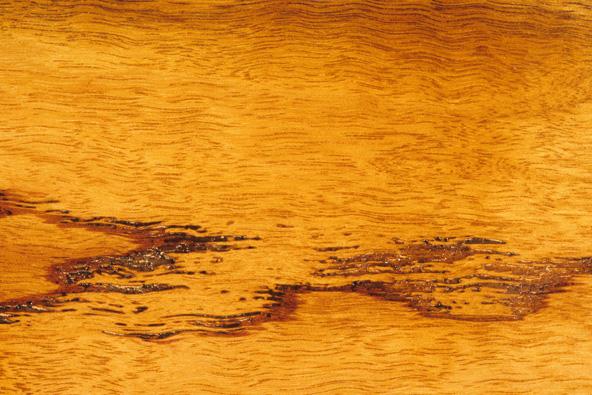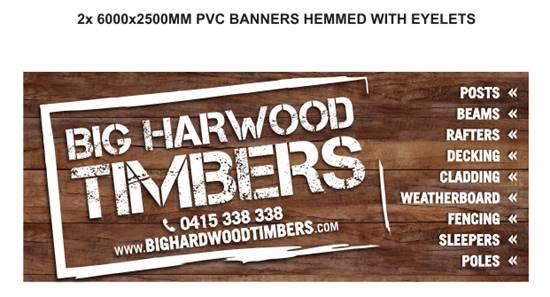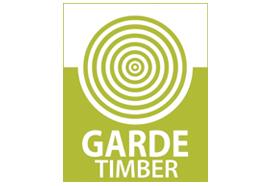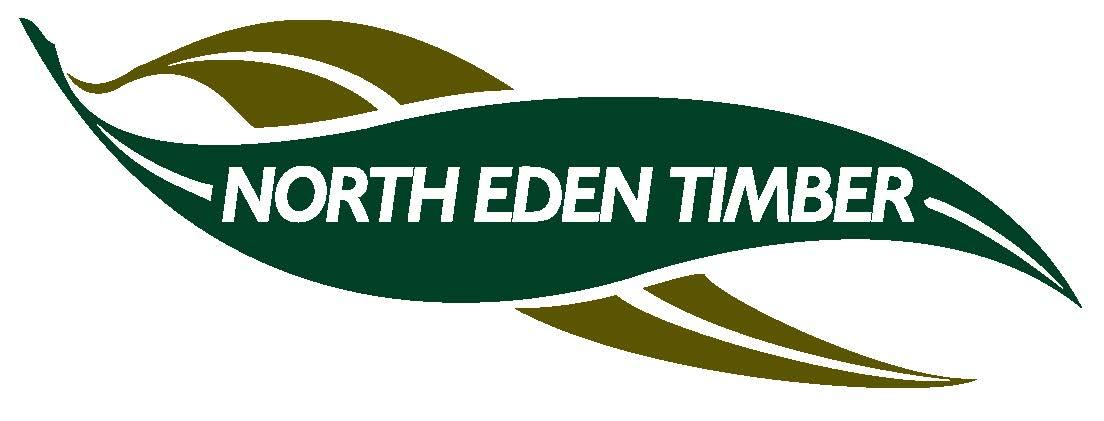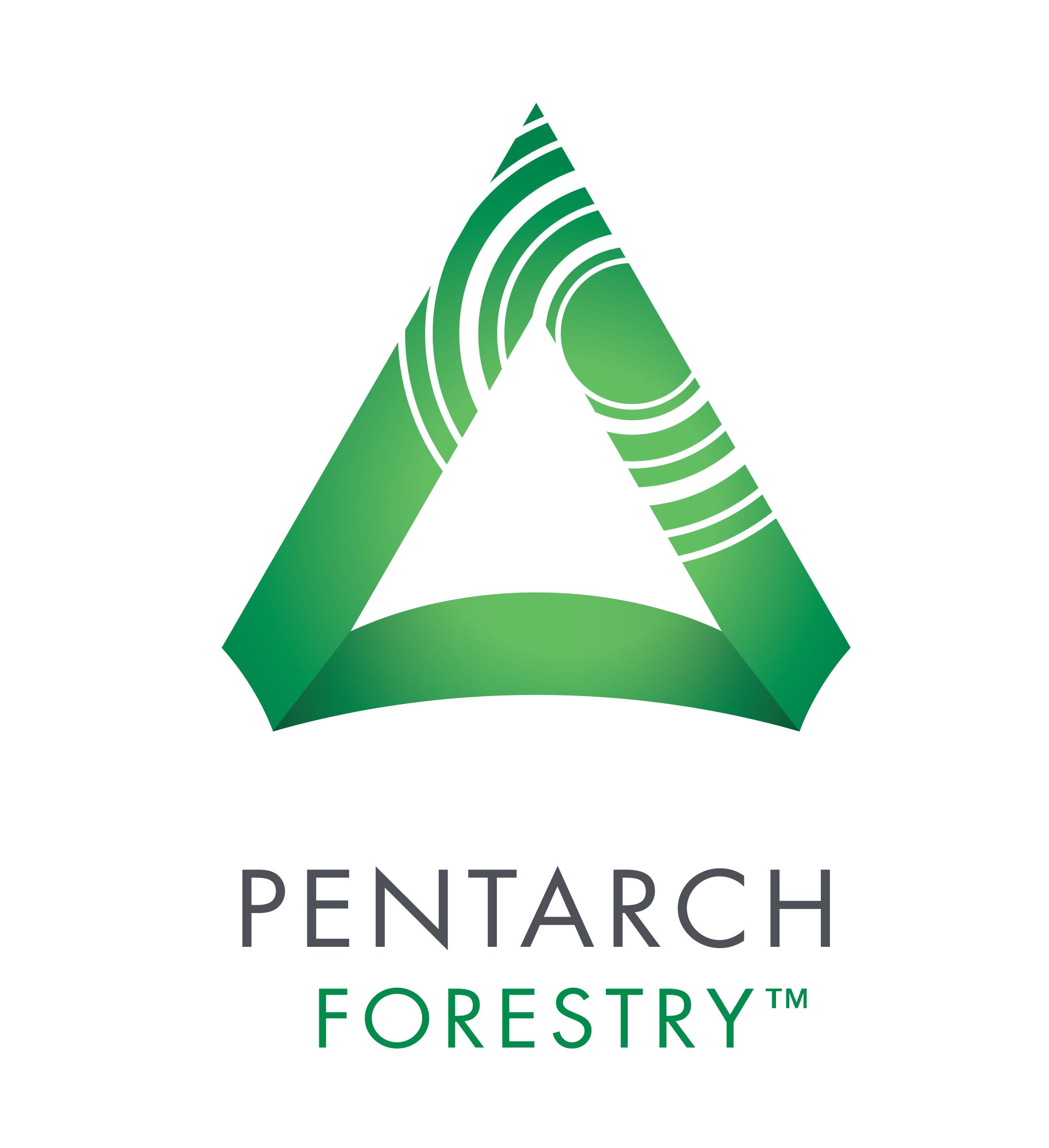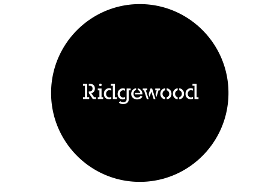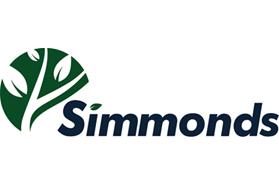New England blackbutt is a large Australian hardwood from the tablelands of northern New South Wales and southern Queensland used mainly for general construction.
New England Ash, New England Peppermint, Eucalyptus campanulata
Eucalyptus andrewsii
New England blackbutt is a large Australian hardwood that grows in the tablelands and coastal ranges of northern New South Wales and southern Queensland.
Also known as New England ash, it is similar in appearance yet not quite as durable as blackbutt.
The heartwood is pale brown, while the sapwood is much paler in appearance. New England blackbutt has an even texture and generally straight grain. Gum veins are usually present.
New England blackbutt can be stained, painted or polished but there can be issues with painting because of its tendency to surface check. The high extractives of mature wood can cause problems with some adhesives. These extractives can also cause staining on painted surfaces exposed to the weather. Blackbutt machines well but is only fair for steam bending.
A durable hardwood, New England blackbutt is used for general construction applications, flooring and joinery.
Shrinkage
| Very Low | Low | Medium | High | Very High | |
|---|---|---|---|---|---|
|
|
|
|
|||
|
Tangential :
|
11.40% | ||||
|
Radial :
|
6.10% | ||||
|
Unit Movement Tangential:
|
0.36% | ||||
|
Unit Movement Radial:
|
0.25% |
Strength Group
| Very High | High | Reasonably High | Medium High | Medium | Reasonably Low | Low | Very Low | |
|---|---|---|---|---|---|---|---|---|
| Unseasoned: | S1 | S2 | S3 | S4 | S5 | S6 | S7 | S8 |
|
|
||||||||
| Seasoned: | SD1 | SD2 | SD3 | SD4 | SD5 | SD6 | SD7 | SD8 |
|
|
Stress Grade
|
Structural No. 1 |
Structural No. 2 |
Structural No. 3 |
Structural No. 4 |
Structural No. 5 |
|
|---|---|---|---|---|---|
| Unseasoned: | F17 | F14 | F11 | F8 | F7 |
| Seasoned: | F27 | F22 | F17 | F14 | F11 |
Density per Standard
| Seasoned: | 850kg/m3 |
|---|---|
| Unseasoned: | 1150kg/m3 |
Joint Group
| Very High | High | Reasonably High | Medium | Low | Very Low | |
|---|---|---|---|---|---|---|
| Unseasoned: | J1 | J2 | J3 | J4 | J5 | J6 |
|
|
||||||
| Seasoned: | JD1 | JD2 | JD3 | JD4 | JD5 | JD6 |
|
|
Colour
| White, yellow, pale straw to light brown | Pink to pink brown | Light to dark red | Brown, chocolate, mottled or streaky | |
|---|---|---|---|---|
|
|
||||
Mechanical Properties
|
Modulus of Rupture - Unseasoned:
|
81 |
|---|---|
|
Modulus of Rupture - Seasoned:
|
140 |
|
Modulus of Elasticity - Unseasoned:
|
12 |
|
Modulus of Elasticity - Seasoned:
|
14 |
|
Maximum Crushing Strength - Unseasoned:
|
44 |
|
Maximum Crushing Strength - Seasoned:
|
65 |
|
Impact - Unseasoned:
|
18.6 |
|
Impact - Seasoned:
|
20.4 |
|
Toughness - Unseasoned:
|
Medium - 15 - 24 Nm |
|
Toughness - Seasoned:
|
Medium - 15 - 24 Nm |
|
Hardness - Unseasoned:
|
6.6 |
|
Hardness - Seasoned:
|
9.2 |
Durability
| Low | Moderate | Reasonably High | High | |
|---|---|---|---|---|
| (0 - 5 yrs) | (5 - 15 yrs) | (15 - 25 yrs) | (more than 25 yrs) | |
|
In-Ground:
|
|
|||
| (0 - 7 yrs) | (7 - 15 yrs) | (15 - 40 yrs) | (More than 40 yrs) | |
|
Above ground:
|
|
|||
| (0 - 20 yrs, usually < 5) | (21 - 40 yrs) | (41 - 64 yrs) | (More than 60 yrs) | |
|
Marine Borer Resistance:
|
|
|
Lyctid Borer Susceptibility:
|
Susceptible |
|---|---|
| Lyctid Borer Susceptibility - Other: | |
|
Termite Resistance:
|
Resistant |
Fire Properties
| 0 | 1 | 2 | 3 | 4 | 5 | 6 | 7 | 8 | 9 | 10 | |
|
EFH Spread-of-Flame Index:
|
|
||||||||||
|
EFH Smoke-Developed Index:
|
|
|
Critical Radiance Flux - Lower:
|
>2.2 and <4.5 |
|---|---|
|
Critical Radiance Flux - Higher:
|
≥4.5 |
|
Smoke Development Rate:
|
<750 |
| 1 - non-combustible | 2 - reasonably non-combustible | 3 - slightly combustible | 4 - combustible | |
|
Fire Properties Group Number: |
|
|
Average Specific Extinction Area:
|
<250 |
|---|---|
|
Bushfire Resistance:
|
BAL 12.5 and 19 – All AS3959 required applications |
New England blackbutt has an even texture. The grain is generally straight, making it appealing for interior use applications such as flooring and joinery. The heartwood is pale brown, while the sapwood is much paler in appearance at about 25 - 75 mm wide. Small gum veins are also usually visible.
New England blackbutt is used mainly for general construction applications. In New South Wales and southern Queensland it is very popular for timber framing but is also used for flooring and joinery.
NSW
